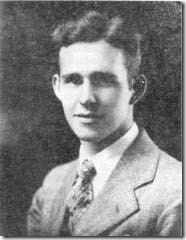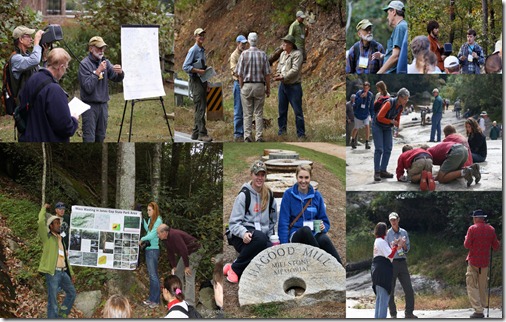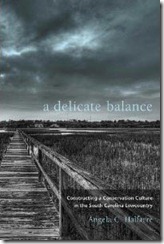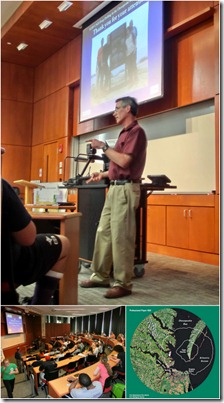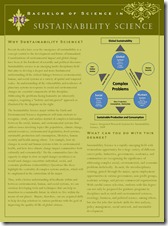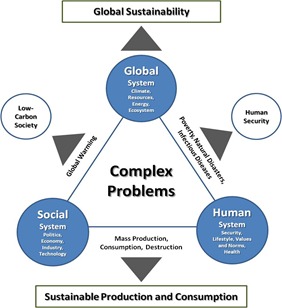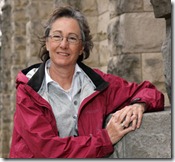Image from NASA

There is no better time for this. We are just starting the topic of hurricanes and severe weather in our “EES 113: Natural Hazards and Natural Disasters” class and we got a perfect storm for case study. Following are some resources that has been compiled to help understand why hurricane Sandy is so powerful and so feared.
- How do hurricanes form? – a nice BBC video clip that explains the basics
- Hurricane Sandy from Space – Incredible time-series animations of evolution of Sandy from Wired Science
- Full moon and Frankenstorm – how moon affects storm surge?
- Live – Hurricane track with various hazards marked map
- Why Sandy is so dangerous (nice video that goes over good details)
- Havoc as storms come ashore – NYT article with lots of photos
- Map showing wind speeds along Sandy’s path
- NPR News – All things considered
- Science of Sandy (NPR piece, not really science that you may be looking for)
- Hurricane Sandy and Climate Change – nice article from Huffington Post
- Hurricane Sandy swallows presidential campaign
- Sandy’s impact on election is uncertain
- Obama and Romney respond to Sandy
- New York State – a declared major disaster area
Feel free to contact Dr. Suresh Muthukrishnan with any questions or comments.
